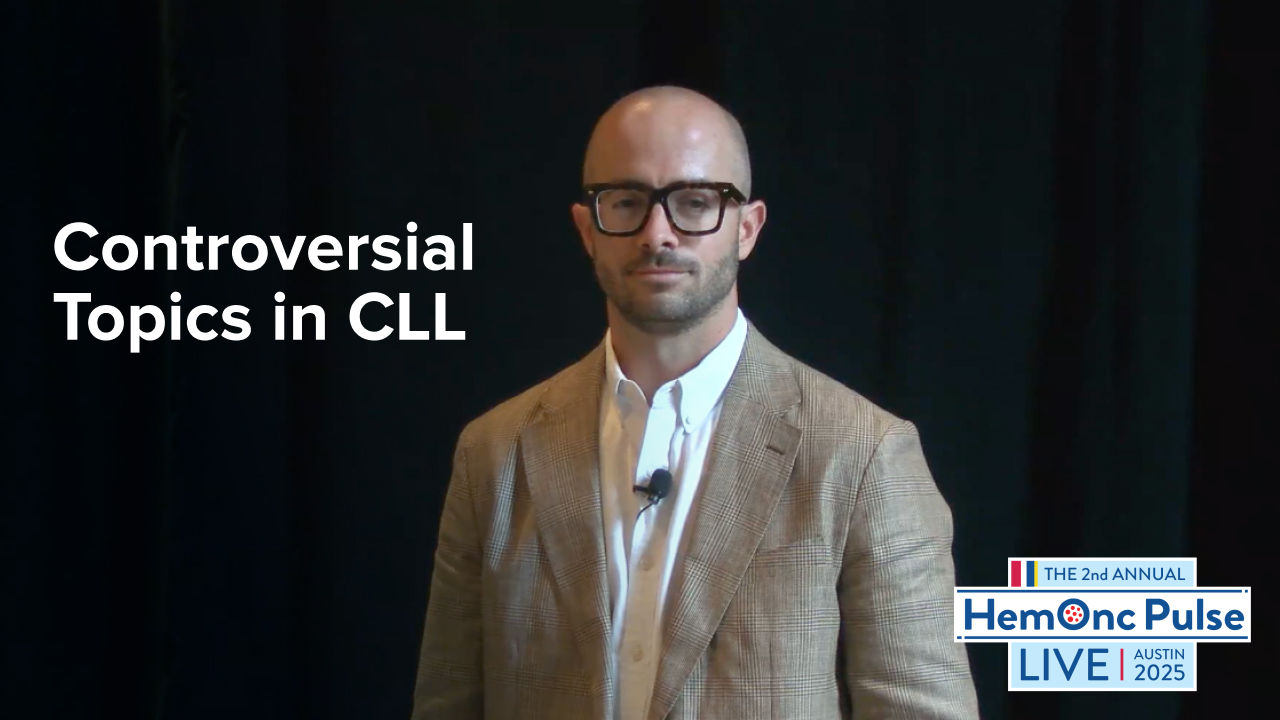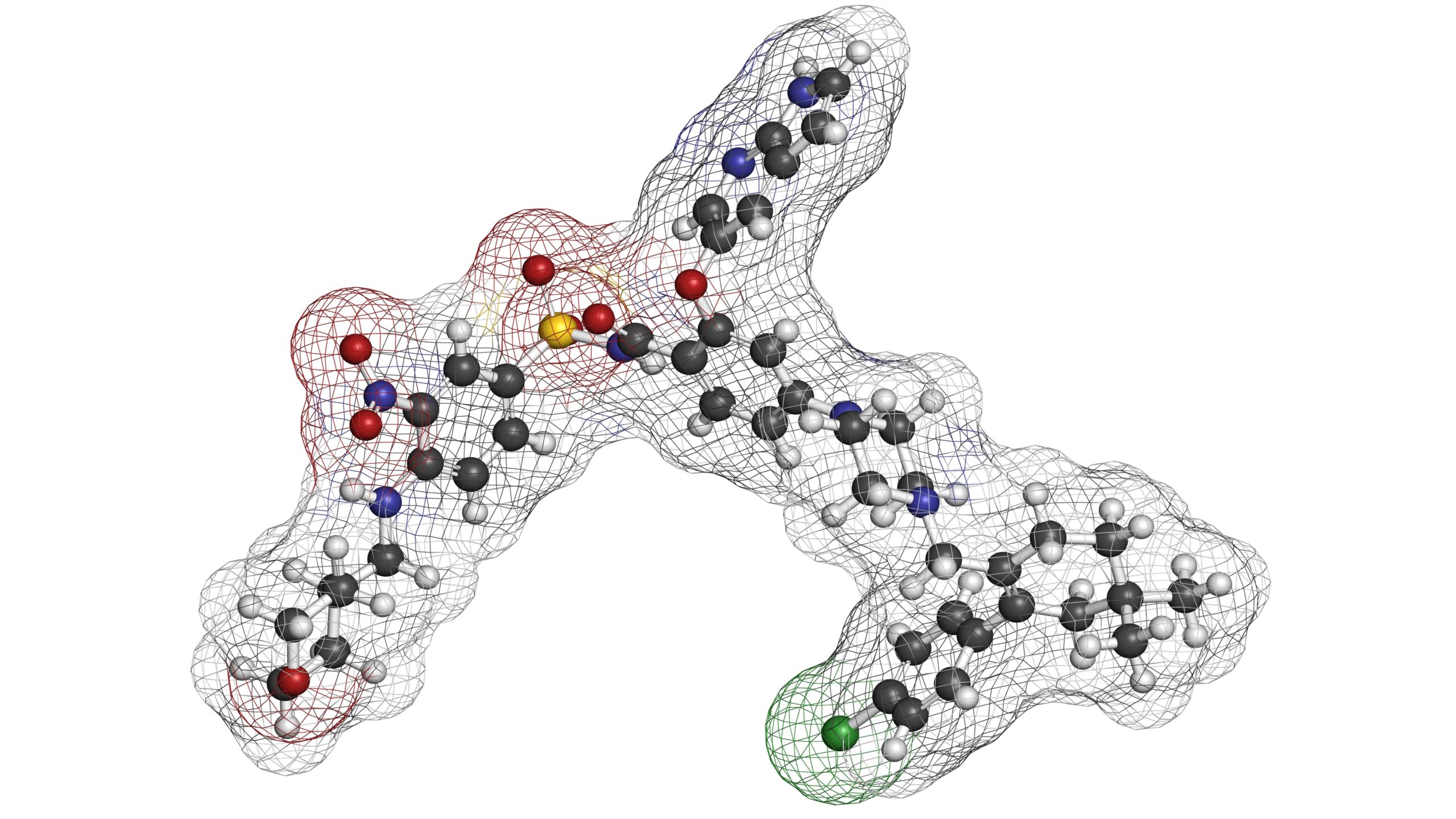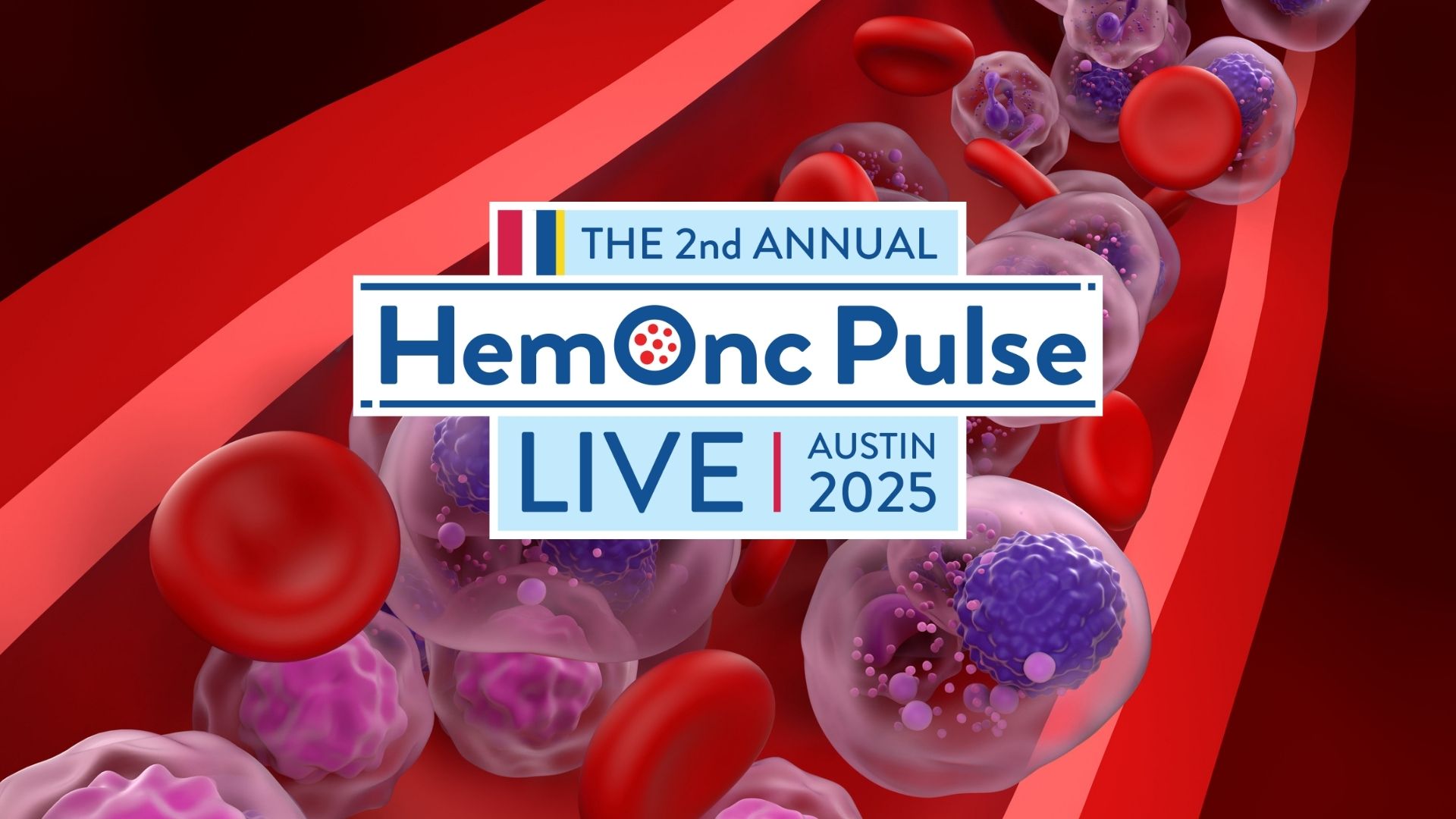
Quadruplet therapies (quads) are transforming the treatment of multiple myeloma, pushing the boundaries of what is possible. Some regimens are already changing standards of care, and others are emerging with promising potential. The excitement among hematologists/oncologists is growing, fueled by innovation and the prospect of better patient outcomes.
During the Fourth Annual National General Medical Oncology Summit, Natalie C. Callander, MD, a faculty member in the Division of Hematology, Medical Oncology and Palliative Care within the Department of Medicine at the University of Wisconsin, School of Medicine and Public Health, reviewed current and emerging quads in a presentation. According to Dr. Callander, the future of multiple myeloma treatment is being shaped by key clinical trials, including, PERSEUS, IMROZ, and CEPHEUS, which were practice changing, and others, which could alter the treatment of multiple myeloma soon.1
Crossing the Border Into Innovation
The historic success of the phase 3 GRIFFIN study (NCT02874742) paved the road ahead for treatment of multiple myeloma.2 The addition of daratumumab (Dara) to bortezomib plus lenalidomide and dexamethasone (VRd) enhanced depth of response and prolonged progression-free survival (PFS) among transplantation-eligible patients with newly diagnosed multiple myeloma (NDMM). It warranted further exploration in phase 3 studies, which began with PERSEUS (NCT03710603).3
“I think the success of quadruplet induction plus transplant and maintenance with IMID [immunomodulatory drugs] and anti-CD38 agents has really set a new bar, particularly the amazing PFS and rates of minimal residual disease negativity seen in PERSEUS,” Dr. Callander told Blood Cancers Today, in an interview.
PERSEUS
Subcutaneous Dara added to VRd induction and consolidation therapy and to lenalidomide maintenance was assessed in transplantation-eligible patients with NDMM in the PERSEUS trial, according to results published in 2023. At a median follow-up of 47.5 months, the quad achieved a major reduction in the risk of disease progression or death of 60% (hazard ratio [HR], 0.42; 95% CI, 0.30- 0.59; P <0.001).3,4
Results from PERSEUS led to the FDA approval of Dara and hyaluronidase in combination with VRd for induction and consolidation in patients with NDMM who are eligible for autologous stem cell transplant (ASCT) in July 2024. The quad was approved at the recommended dose of Dara 1,800 mg and hyaluronidase 30,000 units with the standard dose of VRd.
A year after PERSEUS, data from another phase 3 study of anti-CD38 agents with VRd showed improved outcomes—this time in the transplant-ineligible population.
IMROZ
In comparison with VRd alone, isatuximab plus VRd improved PFS and responses in patients with NDMM who were ineligible to undergo transplantation.4 Median follow-up in the IMROZ study was 59.7 months, and the 60-month PFS rate was 63.2% with isatuximab plus VRd versus 45.2% with VRd alone (HR, 0.60; 98.5% CI, 0.41-0.88; P<0.001). Notably, complete responses were observed in 74.7% of the isatuximab plus VRd arm versus 64.1%, in the control arm (P=0.01).
In September 2024, results from IMROZ were the basis for the accelerated FDA approval of isatuximab 10 mg/kg plus VRd for the treatment of adults with NDMM who are not eligible for ASCT. According to the FDA label, isatuximab is required to be administered IV based on the patients’ body weight.5
Another study mentioned during Callander’s presentation, BENEFIT (NCT04751877), confirmed the clinical benefit of isatuximab-VRd for patients with NDMM.1
Inching Closer to Breakthroughs
At the start of 2025, final results from the phase 3 CEPHEUS study (NCT03652064) added to data around anti-CD38/VRd quad therapy among transplant-ineligible patients.6
CEPHEUS
Overall, data from CEPHEUS positions Dara-VRd as a new standard of care for patients with NDMM who are ineligible for transplant or who have been transplant deferred. At a median follow-up of 58.7 months, the quad achieved a 60.9% rate of measurable residual disease negativity versus only 39.4% with VRd alone (odds ratio, 2.37; 95% CI, 1.58-3.55; P <0 .0001). Moreover, Dara/VRd had a higher complete response rate (81.2%) compared with VRd alone (61.6%; P < 0.0001).
In terms of survival in CEPHEUS, the risk of disease progression or death was reduced with Dara-VRd by 43% (HR, 0.57; 95% CI, 0.41-0.79; P =0.0005). These findings could lead to another indication for Dara-VRd.1
“We now have great quadruplet options for transplant-deferred or transplant-ineligible patients—which we saw in IMROZ, BENEFIT, and CEPHEUS—that can produce almost the same depth of response,” said Dr. Callander.
Notably, across the studies of quads for the treatment of NDMM, safety profiles were acceptable.1-6
AQUILA
“The treatment of smoldering myeloma has been quite controversial,” explained Dr. Callander, during her presentation. Despite quads taking over in the newly diagnosed population, a recent study is looking at monotherapy with an anti-CD38 agent in this population (AQUILA; NCT03301220).
In the phase 3 AQUILA study, patients with high-risk smoldering MM were treated with subcutaneous Dara monotherapy, which achieved prolonged PFS compared with active monitoring. At a median follow-up of 65.2 months, the risk of disease progression or death was reduced by 51% with subcutaneous Dara (HR, 0.49; 95% CI, 0.27-0.98).
As of November 2024, an application for approval of Dara for high-risk smoldering MM is pending at the FDA.1
On the Horizon
Many ongoing studies have the potential to change the course of MM treatment even more. According to Dr. Callander, protocols that evaluate different end points, such as overall survival (OS) and novel therapies, are also reshaping the field.1
“I believe one of the most exciting areas of research—one we did not have time to cover in the presentations—is the investigation of T-cell engagers as part of initial therapy. I think this strategy may be able to help improve the outcome for high-risk myeloma patients and potentially shorten the length of treatment for all patients, but still produce the same depth of response,” said Dr. Callander, in the interview.
During her presentation,1 Dr. Callander provided insights on the DRAMMATIC and ICARIA trials, which both explore OS as the primary end point. Across these studies, findings show improvement in OS with quad therapy compared with doublet therapy consisting of carfilzomib and dexamethasone.
Aside from these and other similar studies, Dr. Callander said, “The new IMID agents, iberdomide and mezigdomide look strong in multiple combinations, and we expect them to available some time in 2026.”
References
- Callander NS. Current and emerging therapeutic approaches for multiple myeloma. Presented at: Fourth Annual National General Medical Oncology Summit; February 28-March 3, 2025; Miami, Florida.
- Voorhees PM, Sborov DW, Laubach J, et al. Addition of daratumumab to lenalidomide, bortezomib, and dexamethasone for transplantation-eligible patients with newly diagnosed multiple myeloma (GRIFFIN): final analysis of an open-label, randomised, phase 2 trial. Lancet Haematol. 2023;10(10):e825-e837. DOI: 10.1016/S2352-3026(23)00217-X
- FDA approves daratumumab and hyaluronidase-fihj with bortezomib, lenalidomide, and dexamethasone for multiple myeloma. News release. FDA. July 30, 2024. Accessed March 3, 2025. https://www.fda.gov/drugs/resources-information-approved-drugs/fda-approves-daratumumab-and-hyaluronidase-fihj-bortezomib-lenalidomide-and-dexamethasone-multiple
- Facon T, Dimopopulous M, LeLeu X, et al. Isatuximab, bortezomib, lenalidomide, and dexamethasone for multiple myeloma. N Engl J Med. 2024;391:1597-1609. doi: 10.1056/NEJMoa2400712
- FDA approves isatuximab-irfc with bortezomib, lenalidomide, and dexamethasone for newly diagnosed multiple myeloma. News release. FDA. September 20, 2024. Accessed March 3, 2025. https://www.fda.gov/drugs/resources-information-approved-drugs/fda-approves-isatuximab-irfc-bortezomib-lenalidomide-and-dexamethasone-newly-diagnosed-multiple
- Usmani S, Facon T, Hungris V, et al. Daratumumab plus bortezomib, lenalidomide and dexamethasone for transplant-ineligible or transplant-deferred newly diagnosed multiple myeloma: the randomized phase 3 CEPHEUS trial. Nat Med. Published online February 5, 2025. doi:10.1038/s41591-024-03485-7
- Dimopoulos M, Voorhess P, Schjesvold F, et al. Daratumumab or active monitoring for high-risk smoldering multiple myeloma. N Engl J Med. Published online December 9, 2024. doi:10.1056/NEJMoa2409029






 © 2025 Mashup Media, LLC, a Formedics Property. All Rights Reserved.
© 2025 Mashup Media, LLC, a Formedics Property. All Rights Reserved.